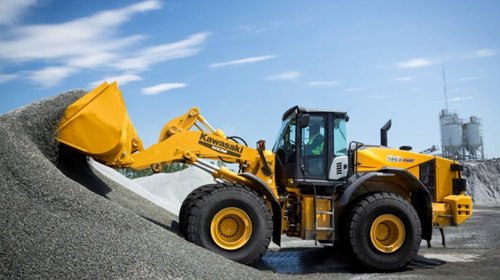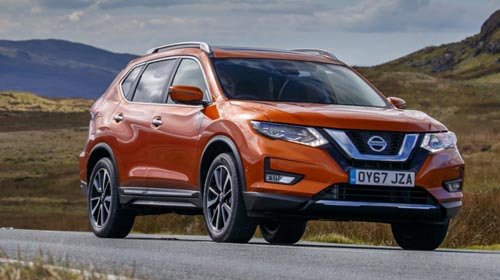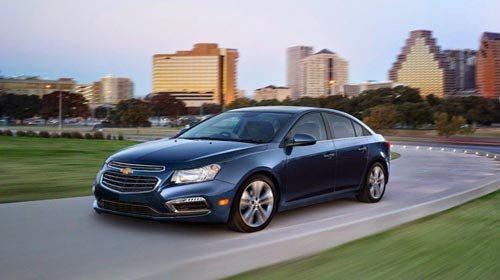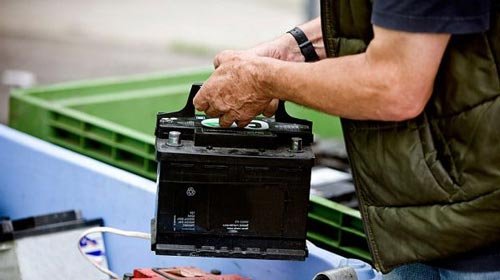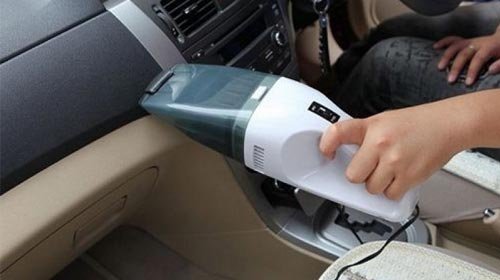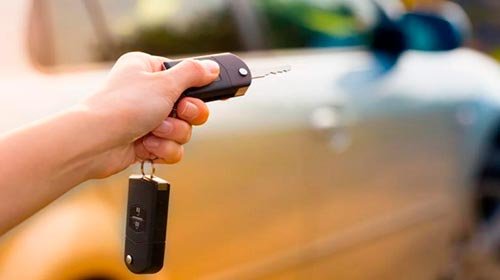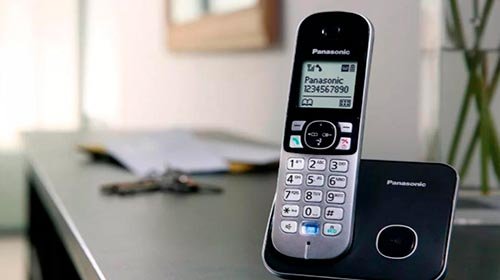Together with the development of automotive technology, the modernization process has gone through many component parts and products, and batteries are no exception. To the already existing basic parameters of these elements of the power circuit, a typical variation was added, significantly changing the approach to the technique of choice. Therefore, in order not to get into a deliberately losing situation and not to get a bad product, “topquality.techinfus.com/en/” recommends paying attention to some important characteristics that are discussed in detail in the article.
Content:
Battery Type
What types of batteries according to the degree of service are divided?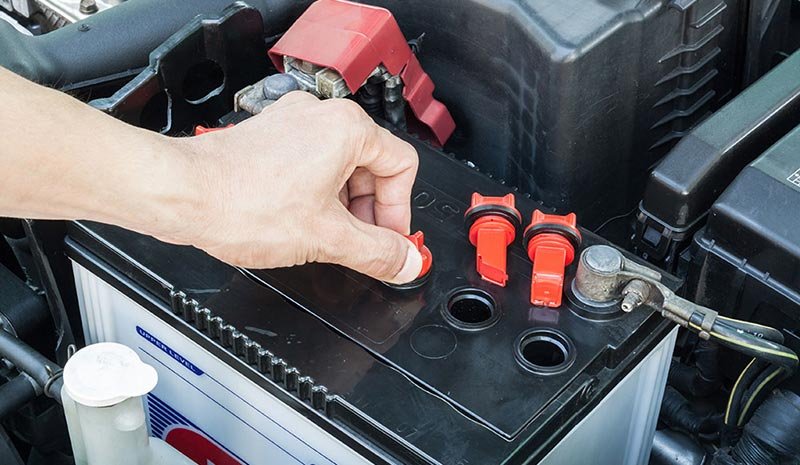
By this criterion, the batteries are divided into three groups:
- serviced - Batteries that need to be repaired even during a short circuit, gradually leaving the market of auto parts and consumables. Among their shortcomings include low strength, since the walls are not made of impact-resistant and lightweight plastic, but of ebonite. In addition, such batteries are poured mostly with mastic, which tends to crack, as a result of which the insulation is broken and there is a gradual “release” of the charge on Wednesday.
- low maintenance - it is to this type that the main part of the batteries sold in the domestic market belongs. In fact, their basic parameters are almost identical to the classics, however, there is a significant increase in structural quality and insulating properties. In the opinion of most experts, this is the most preferred type of battery for operation in the climatic conditions of Russia.
- maintenance free - The name of these batteries speaks for itself. Made in a deaf "sealed" case, they do not require topping up the electrolyte, which limits their serviceability. In the domestic market, such models are quite small, since their use is justified only in stable climatic zones (in Europe, America and partly in Asia). Yes, and they are not suitable for all cars: another feature of these batteries lies in the release for specific model series.
Battery capacity
What is battery capacity and how dangerous is wrong battery selection by capacity parameter?The most important parameter of the battery, showing how much energy will be given for 20 hours of work when fully charged. This physical quantity is measured in ampere-hours (Ah), and is necessarily indicated in the marking (to which the whole item is dedicated). In general, for passenger cars the battery capacity can vary in the range from 40 to 70 Ah, and for trucks it can reach 180-200 Ah. It is very important to choose the most optimal option, which is possible either by targeting the previous battery in the car, or by studying the documentation for your vehicle.
It is important to remember that the error in the selection of the battery for capacity is not too critical and, in general, acceptable. When choosing a battery with a lower indicator of energy reserves, the working resource will be exhausted quickly, which will result in the need for additional financial costs. The choice of a larger-capacity battery is capable of playing an “evil” joke altogether, not going in dimensions to a dedicated seat a few centimeters. Be extremely attentive.
dimensions
How to avoid problems with the wrong selection of battery size?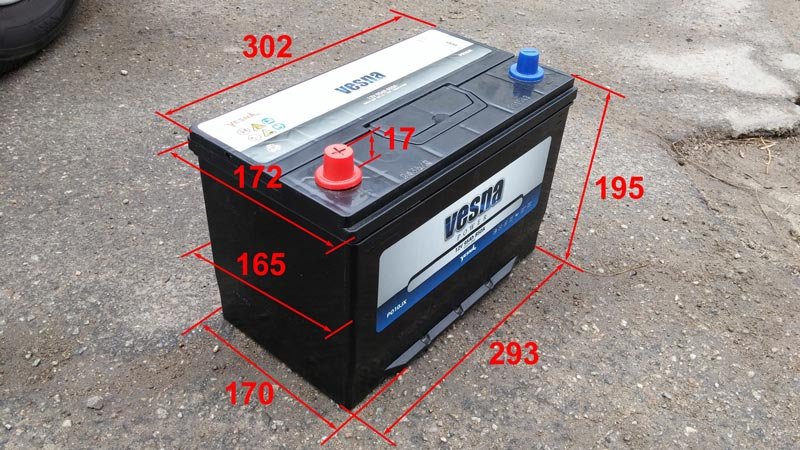
There are several ways to solve the problem, how to choose a battery in terms of dimensions: either examine your old model in detail (with measurement in width, length and height), or inquire in the service, receiving advice specifically for your car (be it American Chevrolet, Japanese "Toyota" or domestic "VAZ").
It should be noted that the dimensions of almost all batteries, as well as the configuration of cases, are made with a large degree of identity. Most often, the main difference between them lies in the mass parameter, which, in fact, does not play a big role when installed in a car. The only exception here is the Japanese auto industry with its original corporate "atmosphere". Their batteries are already higher than European ones, so it’s not possible to install a battery from Toyota in the conditional VAZ.
Terminal connection type
Frequent errors when choosing a battery without regard to the location of the terminalsVery simple and at the same time an important aspect that requires great care from the car owner. Before buying a new battery, be sure to check the location of the terminals under the hood of your vehicle. There are no standards regulating compliance with the location of the cathode and the anode in the models themselves, as well as there are no uniform conventions among automakers. In this regard, there are often cases when the “minus” of the battery is on the other side of the terminal, the length of which is not enough to make such a connection.
With the most "bad" outcome, by confusing the polarities of connecting the battery, you can cause a short circuit in the power circuit, affecting not only consumer devices (of which most cars in modern cars), but also disabling the battery itself.
Starting current
Under what conditions is the maximum starting current available?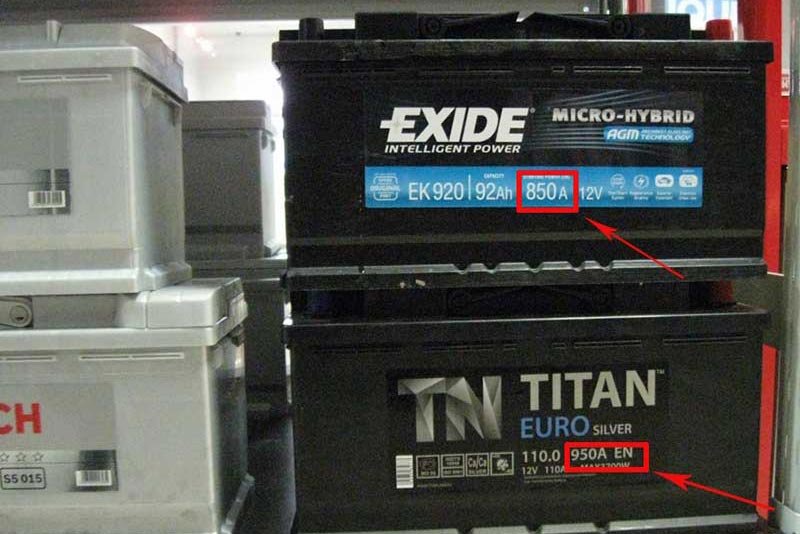
Indicator characterizing the amount of current supplied to the starter to turn the motor shaft. All standard batteries are calculated from the operating conditions at a temperature of +27 degrees Celsius, showing at this point the maximum of their working abilities. However, when the temperature drops to the conditional -18 degrees Celsius, the same batteries will lose up to 60% of the nominal operating characteristics, producing only 40% of the energy. With such small values of starting current, the engine simply can not start.
In general, this parameter is related to the class and volume of the battery. However, there are special models on the market, designed for more specific operating conditions. Thus, the starting current values can vary greatly for vehicles operated in regions with low temperatures, where there is a need to unwind the engine, filled with very viscous, thick oil.
Cold start current
What is a cold start current and how does it act?Since the batteries used in domestic realities cannot be accommodated in a single frame, additional parameters of cold and hot start currents were introduced. The cold start current is the number of amperes produced by the battery for 30 seconds at a temperature of -18 degrees Celsius without a voltage drop below the minimum of 7.2 volts. Accordingly, the higher the starting current of the battery in such conditions, the greater its starting capacity.
Despite the gradual filling of the market with special models, it is possible to solve the problem of cold start by buying a standard battery, the power of which is twice that required to start the engine of your vehicle. In the end, the question of which battery is most suitable for operation in such difficult climatic conditions is up to you. However, most experienced users in their reviews recommend to consider the option of purchasing a more expensive and more powerful option, excluding further overpayments for the purchase of another battery.
Hot Start Current
What is the hot start current and how to avoid problems with starting the engine when normal temperatures are exceeded?The second extreme is the start of the engine under conditions other than standard ones. It shows the amount of amperes of current that a battery is capable of delivering in the summer season when the engine is overheated. Like cold start, hot requires twice the battery power, but by its nature is more problematic (especially if the car engine has a large volume and high compression, as well as the output of the air conditioner to the salon). If you operate a car in a place with abnormally high temperatures, it is imperative to choose a battery whose power is much higher than the nominally necessary (specified in the documentation for the vehicle).
In this case, a small overpayment will save you from the need to quickly acquire another standard battery, which has failed due to the forced use of a working resource.
Something about labeling
What required fields should contain battery marking?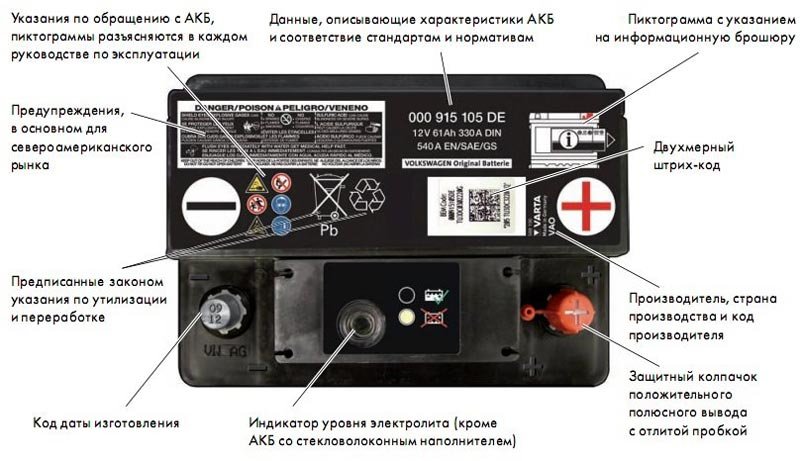
Standard labeling of batteries includes five main positions:
- the starting current is marked as GOST (on batteries manufactured in Russia), SAE (made in the USA), EN (manufactured in the countries of United Europe), DIN (separate standard for products made in Germany). In some cases, they have a quantitative marking of cold start current (after ICC, CCA) and starter charge current (IP).
- nominal battery capacity - is marked in a digital-letter format, indicating the size and the corresponding dimension. For example, 60 Ah.
- The rated voltage is the same labeling principle as on the rated capacity. Unit of measurement - volt, general view (for example): 12 V.
- date of manufacture.
- country of manufacture, manufacturer, its address - mandatory data on the location of the enterprise.
In the absence of any item from the designated, according to expert reviews, feel free to proceed to the choice of another battery from the presented market assortment.
Price "frames"
How many price categories exist in this segment and how do they differ from each other?By this criterion, batteries can be divided into three main categories:
- economy - the most "primitive" models using inexpensive construction materials and technologies. Possesses a quite good stock of a working resource, are rather adapted for work under standard operating conditions. Significant drops lead to poor start-up performance, which often causes problems even with a slight drop (or increase) in temperature.
- standard - the “golden mean” between the two extremes, which has an optimal ratio of price and quality. According to the classical parameter, the level of sales is the most popular category among car owners.
- premium - batteries of the highest level of performance, which differ from the economy options as an increased working life, and a steady level of starting current. The latter figure may be higher by 30-100 amps. In addition, these batteries have a longer warranty period, ranging from 1 to 1.5 years.
In this case, the choice is entirely dependent on your financial capabilities and preferences. Do not neglect the budget category of the segment - recently, the level of these batteries is almost very close to the performance of standard models.
Beware of fakes!
How to distinguish the original from a fake?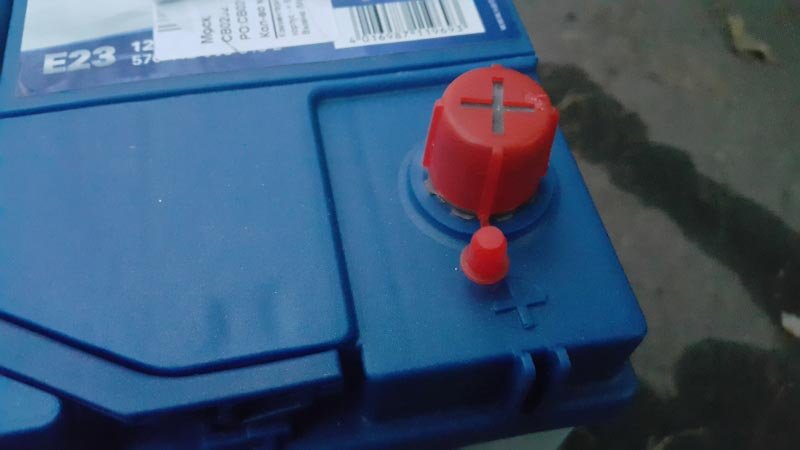
Due to the fact that the batteries are one of the main consumables, and the number of cars in use continues to grow steadily, a lot of low-grade fakes have appeared on the market. Due to the fact that the risk of stumbling on counterfeit is very high, before buying a battery, be sure to find out several important nuances:
- conduct an inspection of the case and plugs (in the case of a low-maintenance battery) for the presence of chips, damage and tightness. In addition, pay special attention to the terminals - whether they have a smooth surface, and if there are special protective caps included with them. If the last element is missing or there are scuffs and serious roughness on the terminal metal, it is possible that there is a fake in front of you. "Singed" manufacturers very rarely pay attention to such minor details.
- Be sure to check the labeling for the availability of information about the manufacturer (country, name of the plant and its location). True, if in the case of mechanical and complete trifles, the manufacturers of fakes do not bother, then they are very responsible for marking. Currently, information on manufacturers is copied from the original batteries, so this item inspection may not give a definite answer to the question whether it is fake in front of you.
- be sure to check the availability of the date of manufacture and whether it was interrupted If in the case of dry-charged batteries (the electrolyte salts in them are in dry form and require dilution with water) this does not play a big role, since the storage period of these models is a priori high, then filled batteries should not be older than six months from the date of manufacture.
- Check whether the battery contains a technical certificate for the product.
